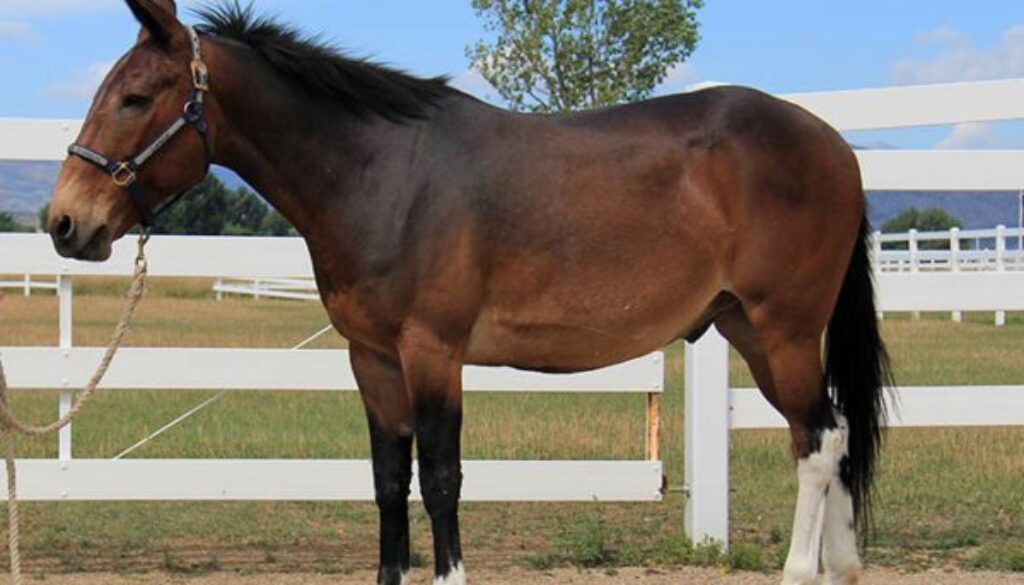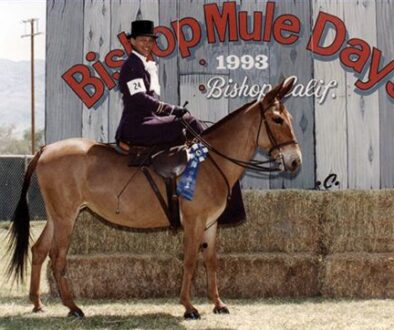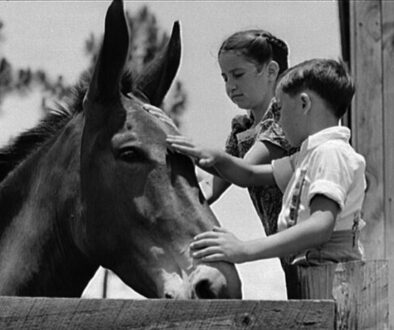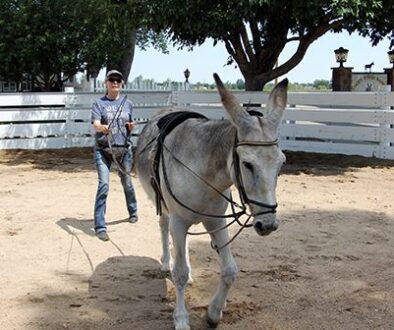MULE CROSSING: Differences Among Horses, Mules and Donkeys
By Meredith Hodges
After discussing this with my veterinarian, Greg Farrand from Fort Collins, Colorado, we both agree that since horses, mules and donkeys are all equines, it would be difficult to make any distinction among these three types of animals with regard to their vital signs: pulse respiration and temperature. They would all fall within the designated ranges below that are excerpted from my book, “A Guide to Raising & Showing Equines.” The only real differences would be with regard to each individual equine and not among groups of equines. There has not been any credible scientific study to be able to differentiate the different types of equine groups in this manner and I would venture to guess that it would be the same with all equines, including zebras and hybrids. Therefore, I believe that citing the vital signs ranges would be appropriate, but not citing medians (modals).
- Daytime rectal temp mule foal/yearling 37.5C-38.5C normal range
- Pulse at rest – adult mule; normal 26-40
- Pulse at rest foals 2-4 weeks; normal range 70-90
- Pulse at rest mule 6-12 months; normal range 45-60
- Pulse at rest mule 2-3 years; 40-50
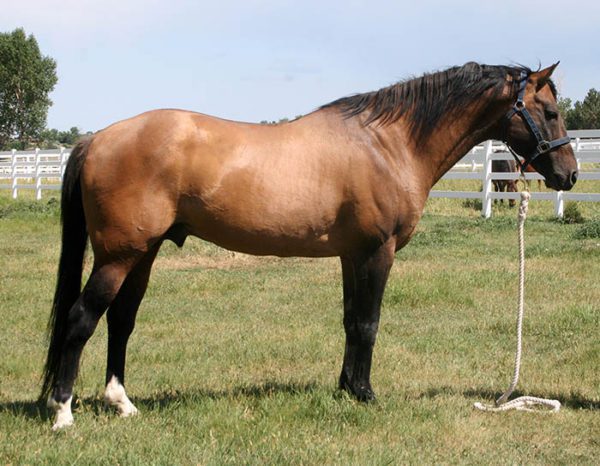 |
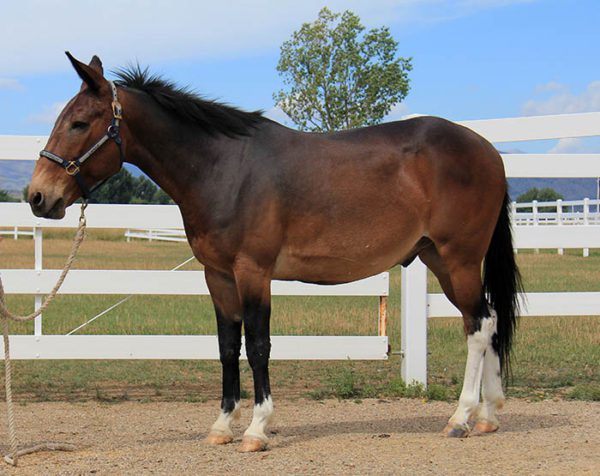 |
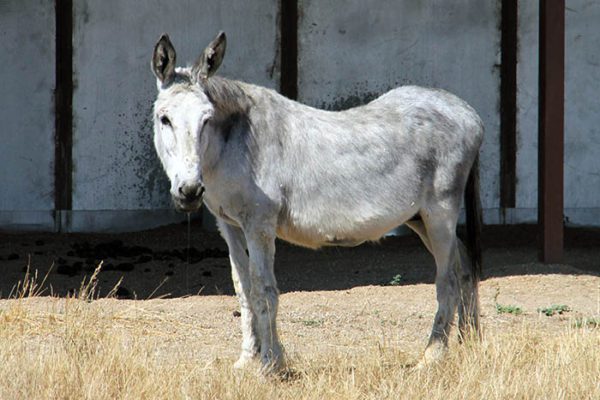 |
|---|---|---|
| Actual differences would be as follows: | ||
|
Horse Reactive-Flight reflex Fragile health More bulk musculature Awkward on uneven ground Round platter-type hooves Longer slope to shoulders and hips Limited stamina Energy waster Forgets what he learns More reactive than intelligent Neigh – exhale 64 chromosomes Self-preservation not strong Tolerant of humans Expensive to maintain Can have excessive vet bills Constant hoof management needed Cannot see their hind feet Can only kick forward and Backwards Colors strictly defined within the breeds Mature at six years Will fight if entangled Low level training goes quickly, Upper level training improves
|
Mules
Thinking & Reactive-freeze/flight reflexes Tougher/more resistant to parasites Predominantly smooth muscle with More sure-footed than a horse Oval, narrow, more upright hoof Steeper shoulders and hips than horses Incredible stamina Energy conserver Remembers everything he learns Very intelligent Neigh-bray or combination Generally 63 chromosomes Strong sense of self preservation Suspicious, but very Cheaper to keep – more durable Fewer vet bills Tougher hooves – less management Can see their hind feet Can kick, forward, More variations in color Mature at eight years Will wait to be rescued if entangled Low level training take more time Upper level training goes faster
|
Donkey
Thinking equine-freeze reflex Same as a mule (genetic contribution) Predominantly smooth muscle Most sure-footed Oval, narrow, more upright Steeper shoulders Virtually intolerant to stress Most energy conserver Remembers, but only Most intelligent Bray-inhale and exhale 62 chromosomes Ultimate sense of Generally, very affectionate Cheapest to keep – very durable Least number of vet bills Toughest hooves – least Can see their hind feet Same as the mule Less variations in Mature at eight years Will break loose or wait Low level training takes Not necessarily interested |
To learn more about Meredith Hodges and her comprehensive all-breed equine training program, visit LuckyThreeRanch.com, MEREDITH HODGES PUBLIC FIGURE Facebook page, or call 1-800-816-7566. Check out her children’s website at JasperTheMule.com. Also, find Meredith on Pinterest, Instagram, MeWe, YouTube and Twitter.
© 2014, 2016, 2019, 2021, 2022, 2024 Lucky Three Ranch, Inc. All Rights Reserved.

